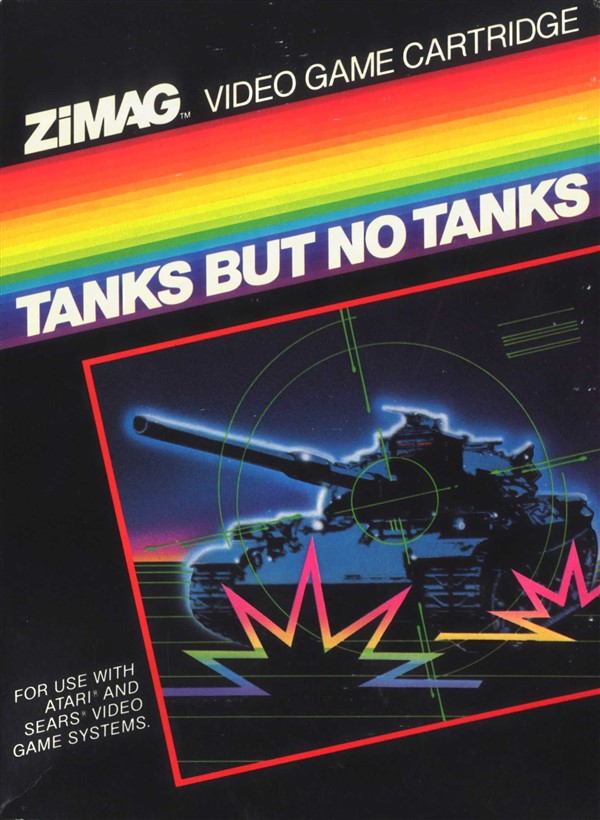


Even so, controlling the number of objects on the screen stretched the abilities of the three microprocessors, and Mr. Rotberg said, was involved in “figuring out how to organize the data.”īecause Battlezone is a vector game, objects consist simply of points connected by lines, rather than entire filled regions, as a raster game would have. Much of the early work in designing Battlezone, Mr. To bring the problem within reach, the game is restricted to movement on a horizontal plane, reducing the matrix from 4 by 4 to 2 by 2. What the math box in Battlezone does is solve the matrix equations for vanishing-point perspective for all of the objects on the screen. “Quite often it wasn’t worth going off and doing something else-you just waited for the math box to finish.” The display generator and the game microprocessor operated either in parallel or in sequence with the others. Battlezone, a first-person tank game, was made possible by a vector display unit used by Atari Inc., Sunnyvale, Calif., in Asteroids, which came out the previous year.Įven with the vector generator, according to Videa’s Ed Rotberg, who wrote computer code for the game, Battlezone required three microprocessors: a 6502 to control the game play, a custom processor for the display, and another, built from 2901 bit-slice processors, for the mathematics. Three-dimensional displays first appeared on computer screens in the 1960s, and very large machines could manipulate those images in real time, but it was not until 1980 that a video-game player could maneuver at will through an imaginary landscape, wreaking havoc until brought to an untimely end by enemy tanks.


 0 kommentar(er)
0 kommentar(er)
